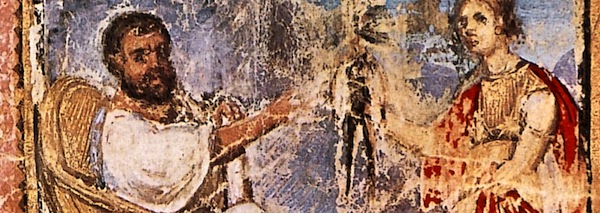Pedanius Dioscorides, Venice, 1499 (Bayerische StaatsBibliotheck, 1518)
Dioscorides (ca. 40-90 A.D.) published his six books of ‘medicinal substances’ in 70 A.D. His herbal was one of the most important reference works in the history of medicine, transcribed and then published continually in antiquity, the medieval period, and the early modern era.
A precursor to modern pharmacopeias, Dioscorides’ work included nearly 600 plants. In his description of the iris, named ‘because of its resemblance to the rainbow in heaven’, he advised, ‘Seven teaspoonfuls of a decoction (taken as a drink in honey water) purge thick mucus and bile . . . Daubed on with white hellebore and twice as much honey they clean off freckles and sunburn’.

Lister turned to Dioscorides’ work and associated commentaries often as a medical student and as a practicing doctor. For example, in one of Lister’s casebooks dating from 1676, he indicated his frequent use of cinquefoil, a remedy found in De Materia Medica. 1
Cinquefoil or Potentilla reptans, was known as ‘five fingers’ as the leaves are divided into five leaflets. The roots of cinquefoil were used as an astringent and febrifuge, and had been employed medicinally since the time of Hippocrates. Dioscorides stated that one leaf cured a quotidian, three a tertian, and four a quartan ague, although the herbalist and early modern physician Nicholas Culpepper considered him ‘full of whimsies’, stating ‘I never stood so much upon the number of the leaves, nor whether I give it in powder or decoction’. 2.

